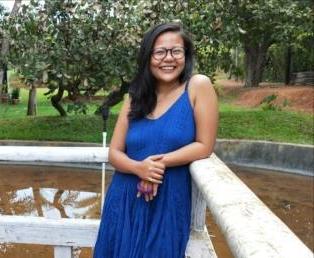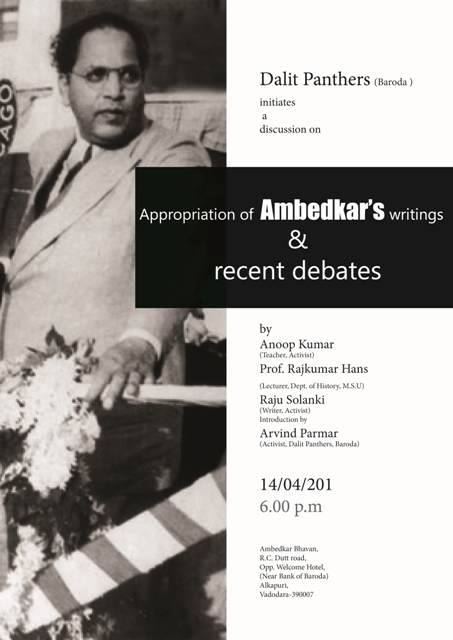Khakhlari
 Recently the Indian women’s field hockey team made headlines as they qualified for the Olympic semi-finals for the first time in Tokyo.
Recently the Indian women’s field hockey team made headlines as they qualified for the Olympic semi-finals for the first time in Tokyo.
Quite predictably and not without fair reason, Chak De! India started trending. In the fervor of the win, jubilant fans drew parallels between the team and the movie. Shah Rukh Khan promptly joined in and sent out a tweet to coach Sjoerd Marijne reminding everyone of his role as Kabir Khan in the same. Some even went on to claim that the movie must have inspired the players themselves. Although the claim might be far from true, how representative of the actual team is the movie anyway?
The movie undeniably tried to be as diverse as possible having characters from all parts of the country. We even had characters with surnames like Bose, Reddy, Naik, Kerketta, etc. However, a close look and we find that practically all of the roles except the blatantly upper-caste ones like Vidya Sharma and Preeti Sabharwal were but caricatures. Komal Chautala is a Jat ‘tomboy’ and is declared to be from an archetypal patriarchal Jat household. The meat of her role is to first stand in the way of Sabharwal and then later serve as the magical minority Jat so the latter can prove her worth to her cricketer boyfriend by scoring the maximum number of goals. Vidya Sharma is in an unsupportive marriage and is often chided by her husband and in-laws for playing hockey yet neither Sabharwal’s nor Sharma’s households are stereotyped as patriarchal the same way Chautala’s is.
It is even more baffling that they couldn’t find a single Haryanvi girl to play the role of Chautala since 9 members of the actual Olympics team are from Haryana itself. Of the 120 athletes that represented India, 31 were from Haryana itself, the highest from any state. The athletes are not just Jats, as often used to represent Haryanvi culture but from diverse backgrounds in terms of not just caste but also religion.
Although indigenous and Adivasi girls find otherwise rare representation, we observe that they are merely used as props to project further prejudice and not well-rounded characters with stories to tell. The Adivasi girls are ridiculed as being forest dwellers and asked if they eat ‘saanp-waanp’ (snakes, etc.) Quite appalling yet again, that both of these characters were played by non-Adivasi women especially since the real Olympics team has quite a few of them, not just from Jharkhand but also from Odisha. Even the captain of the men’s field hockey at the first Olympics where they clinched gold back in 1928 was Jaipal Singh Munda, a Munda Adivasi himself. It is because of the Christian missionaries that recognized his potential and took him under his wing that he could earn a scholarship at Oxford and then qualify for the Indian Civil Services. Ironically having lived in England for a few years by then, he had found the Indian team to be ‘rustic’ upon first glance when they arrived on a boat at Tilbury.
Naveen Patnaik has also emphasized the immense potential of tribal children in sports and how in Odisha, tribal children grow up with hockey sticks.
The indigenous girls from Manipur and Mizoram are introduced with unabashed objectification; close-ups of them in ‘fashionable’ clothes, men asking their ‘rates’ assuming they cannot understand Hindi; they must be ‘Chinese or Nepali’. Sukhlal welcomes them in Hindi as being guests from another country when pat comes the reply in fluent but accented Hindi to establish that we are indeed one nation and that of course we all speak Hindi. The racialization, otherization and hypersexualization come into play again later at the McDonalds’ brawl where them being subject to eve-teasing becomes an essential team-building exercise.
It is quite reprehensible that in this supposedly ‘feminist’ scene depicting ‘women’s empowerment’, Kabir Khan, the coach delivers his transphobic “Hamare hockey me chakke nahi hote”.
After the disgraceful incident of Vandana Katariya’s family being subject to casteist abuse in Haridwar and the claim of there being ‘too many Dalits’ in the team, I once again go back to the movie. Does Chak De also consider one Dalit as ‘too many Dalits’ and so did not have a single Dalit character in this wonderful mélange?
The only caste-neutral surname in the array of characters seems to be of Bindiya Naik from Maharashtra who could have been from any category including Dalit, Adivasi, Maratha, etc. It doesn’t come off as surprising in the very least that this is the only ‘evil’ character in the entire movie, shown to be egoistic, petty, jealous and even goes on to seduce the coach Kabir Khan to get her way.
For a movie that claimed to be feminist and fighting prejudices, Chak De! India instead falls prey to fighting only religious bigotry and furthering the Hindu-Muslim binary; at the cost of perpetuating several tropes and cliches of gender, race, ethnicity, caste, region, etc.
What Chak De! however, did manage to successfully depict is our bias towards cricket and unsupportive sports associations despite India doing very well in its golden years of field hockey ie. from 1928-1956. Men’s field hockey has always been diverse in terms of socio-economic backgrounds of the athletes. Whether this will be the same in the case of women’s hockey, which is fairly recent in comparison, is yet to be seen. Will upper-caste upper-class Preeti Sabharwals and Vidya Sharmas start playing the sport now that it is experiencing a resurgence with men’s hockey and the women’s team inspiring so many of us? Or will it forever remain a sport for the working class, mostly non-upper caste women from Haryana, Punjab, Jharkhand, Odisha, Manipur, Mizoram, etc. ? Will the future team have many savarnas and not ‘too many Dalits’?
Only time can tell. However, if they do make a Chak De 2, I can only hope it will be truly representative of not only the spirit of hockey but also respectful to the actual men and women who play it.
~~~
Khakhlari is currently pursuing M.A. Sociology. She is an indigenous woman from the Bodo Kachari tribe. Her interests include folk music and instruments, dance forms and painting. Twitter handle – @khakhlari4










